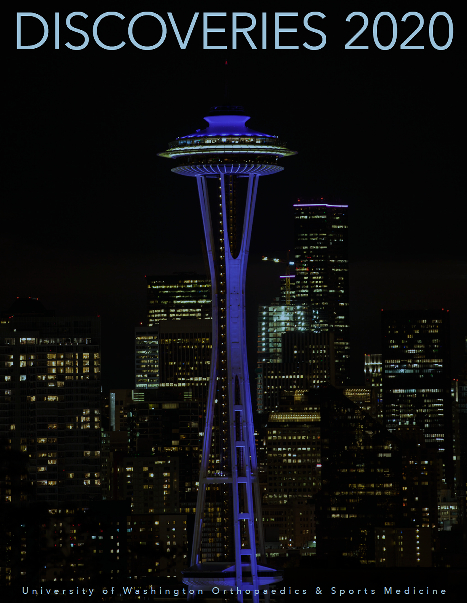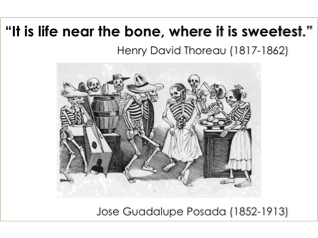
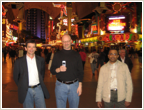
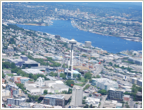
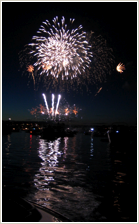
Introduction to the OSL

The Orthopaedic Science Laboratories (OSL) broadly examines how bone responds to physical stimuli, both small and large. We use multi-disciplinary approaches to examine basic cellular signaling pathways at levels ranging from expression of specific transcription factors in response to mechanical loading (or lack thereof) to use of complex adaptive systems biology to study the integrated behaviors of osteocyte/osteoblast networks.
Recent or Upcoming OSL Presentations
2012 ASB Annual Meeting
Ausk, B.J., Gross, T.S. (2012). Metaphyseal and Diaphyseal Bone Loss Following Transient Muscle Paralysis Are Distinct Osteoclastogenic Events American Society of Biomechanics. Podium
2012 ORS Annual Meeting
Gross, T.S., Gardiner, E.M., Worton, L., Bain, S.D. (2012). Transient muscle paralysis stimulates an enhanced anabolic response to mechanical loading, Trans 57th Orthopaedic Res Soc, 175.
Worton, L., Kwon, R.Y., Gardiner, E.M., Gross, T.S., Srinivasan, S. (2012). Cyclosporin A synergistically enhances acute gene expression and differentiation in MC3T3 cells subjected to dynamic fluid flow, Trans 57th Orthopaedic Res Soc, 1381.
Kwon, R.Y., Worton, L.E., Srinivasan, S., Gross, T.S. (2012). Differential expression of transcriptional clusters and recurring ER1/2 activation in bone cells subjected to rest-inserted dynamic fluid flow, Trans 57th Orthopaedic Res Soc, 44.
2011 ASBMR Annual Meeting
Prasad, J., Huber, P., Bain, S.D., Gross, T.S. (2011). Diminished mechanical stimuli following transient muscle paralysis are not associated with acute trabecular bone loss, 33rd ASBMR, SA0007.
Worton, L., Kwon, R.Y., Gardiner, E.M., Gross, T.S., Srinivasan, S. (2011). Fluid flow induced early response genes are selectively altered by age, 33rd ASBMR, SU0070.
Gardiner, E.M., Worton, L., Bain, S.D., Gross, T.S., Srinivasan, S. (2011). Neuropeptide Y1 receptor antagonist reduces periosteal bone formation and mitigates the bone response to mechanical loading, 33rd ASBMR, SU0228.
In the News
University of Washington Orthopedic and Sports Medicine Enews
